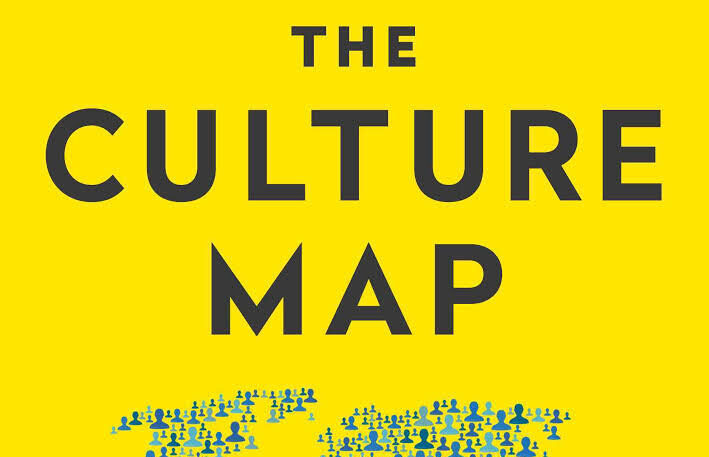During an interesting webinar on cross-cultural coaching to kick off the football season*, I was reminded of the importance of understanding cultural differences.
My career in football will most probably not go further than managing the Quick girls’ team under 13 years, but the insights into managing a premier league football team with so many different nationalities and backgrounds does provide insights into leading a high-performance team with different nationalities.
There are three main learnings for me:
- Avoid stereotyping. Stereotyping can lead to assumptions about someone’s ability, behavior, or values based only on their cultural background. It undermines a person’s individual identity and thus fails to recognize the power of diversity in teams. The basis of a high-performance team is around trust, inclusion and respect and getting to know a team member other than just the country they have lived in.
- Avoid clustering.There is no such thing as a European way, an Asian style or a South American culture. The Culture Map by Erin Meyer describes the differences between people from China or Japan in decision making. Whereas other elements such as communication and leading the cultures might compare, they do not on decision making.
- Be aware of your own cultural lens. The way we perceive other cultures is based on your own cultural lens and the position of your culture on one of the dimensions. For example, the Belgium perspective on leading is not hierarchical (in fact, this is quite moderate) but perceived by a lot of Dutch people as very hierarchical because of the relatively strong egalitarian way of leading of the Dutch. So being aware of your own preferences is in many cases more relevant than plotting other cultures, because then you know better how to bridge.
Asking the question, responding productively and being eager to learn will allow you to benefit from your team’s diverse cultural background in
Working with and for multinationals has offered me the opportunity to navigate different cultures and my own prejudice has taught me invaluable lessons. As a Dutch/French woman, studying in Belgium and the UK and working in the USA, I have experienced the impact and benefits of cross-cultural teams. Some call me a culture chameleon; I take that as a compliment.
Want to read more about understanding how people think, lead and get things done across cultures? Have a look at the book by Erin Meyer, The Culture Map. I ‘borrowed’ it from Diego Baró Iribarren many years ago and it is still a great reference.
*The webinar I referenced was provided by Cynthia de Jager, who is trained by INSEAD professor Erin Meyer, but also my facilitation partner on creating psychological safety in high performance teams.




